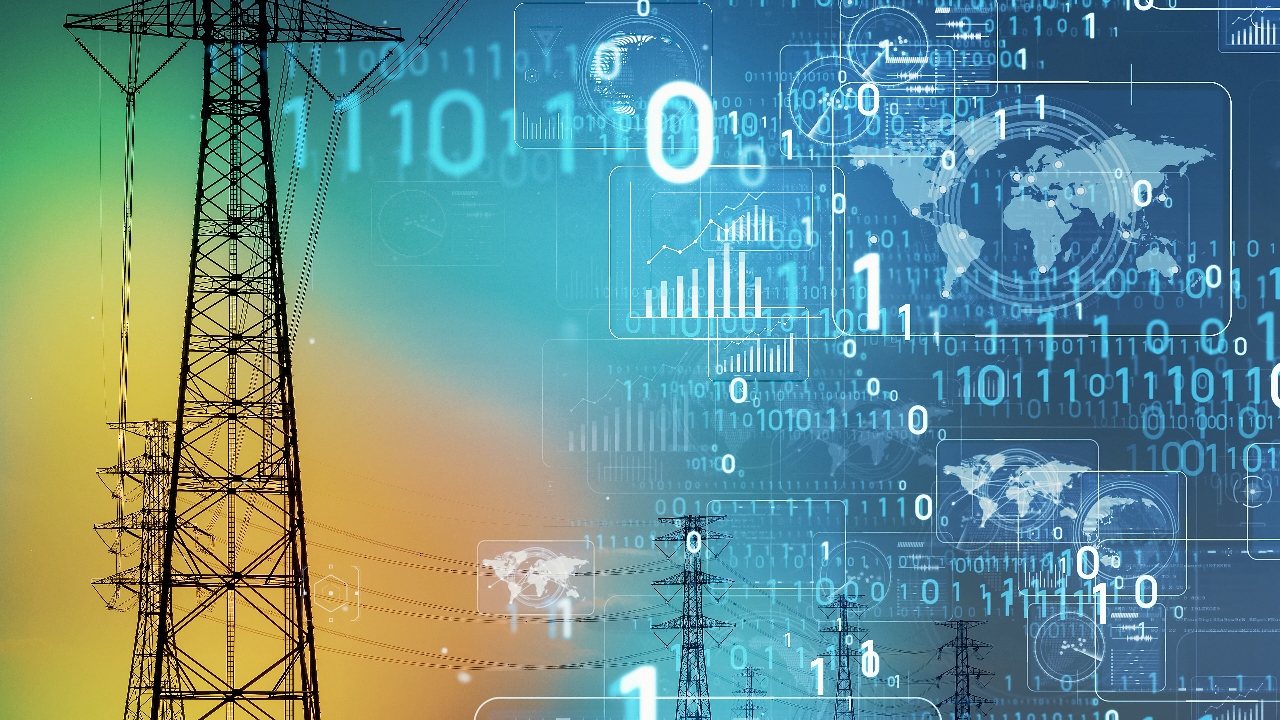
Grid Modernization Push Continues
President Biden announced a $10 billion infrastructure package, titled the "Grid Resilience and Cybersecurity Act," to modernize the aging U.S. power grid. The plan focuses on three key areas: upgrading critical infrastructure to withstand extreme weather events and cyberattacks, integrating more renewable energy sources, and improving grid intelligence and automation for enhanced reliability and efficiency (White House Press Release).
Bipartisan support has emerged for separate legislation, the "Smart Grid Advancement Act," which incentivizes the deployment of smart grid technologies like digital sensors and advanced communication systems and the development of self-contained microgrids to boost local energy resilience (Reuters). However, energy experts warn that without significant and sustained investment, the U.S. power grid remains vulnerable to widespread blackouts, as evidenced by recent outages in Texas and California (CNBC).
Solar Boom Gains Momentum
Driven by a confluence of factors, including falling solar panel costs, extended federal tax credits that offer up to 30% of the system cost back to homeowners, and soaring electricity prices due to global energy market volatility, residential solar installations across the U.S. are experiencing a record-breaking surge. Major utility companies, recognizing the growing consumer demand, are ramping up their community solar programs, allowing customers to subscribe to shared solar energy installations without needing rooftop panels on their homes (Energy News Network).
However, experts caution that rapid solar expansion may pose challenges for grid integration, as the intermittent nature of solar power requires robust energy storage solutions and grid management strategies to avoid oversupply and destabilizing fluctuations (Bloomberg). The Wall Street Journal reports concerns from some grid operators about potentially overloading local grids if the solar adoption rate continues to skyrocket.
Electric Vehicles Charging Infrastructure Gap Widens
While the demand for electric vehicles (EVs) continues to soar, the development of essential fast-charging infrastructure is lagging, creating "range anxiety" for drivers concerned about finding stations during long trips. This gap is particularly noticeable in rural areas and along major highways, where charging options are often limited or nonexistent (Investor's Business Daily).
To address this challenge, the Biden administration has proposed a $5 billion investment plan to build a nationwide network of EV charging stations, focusing on both highways and underserved communities (Reuters). Industry players are calling for increased collaboration between the public and private sectors to accelerate the expansion of the charging network and ensure a smooth transition to a fully electric transportation system (National Association of Electric Vehicles).
Nuclear Power Plant Closures Spark Debate
Facing economic challenges and increasing competition from renewable energy sources, several aging nuclear power plants have announced closure plans. This has ignited a nationwide debate about the future of nuclear power in the U.S. energy mix. Environmentalists express concerns about the reliance on fossil fuels to compensate for lost nuclear capacity and the unresolved issue of radioactive waste disposal (AP News).
On the other hand, nuclear industry advocates argue for policy changes, such as carbon pricing or extending operating licenses, to ensure the economic viability of existing plants and incentivize investments in advanced reactor technologies that address safety and waste concerns (Greenpeace, Nuclear Energy Institute).